

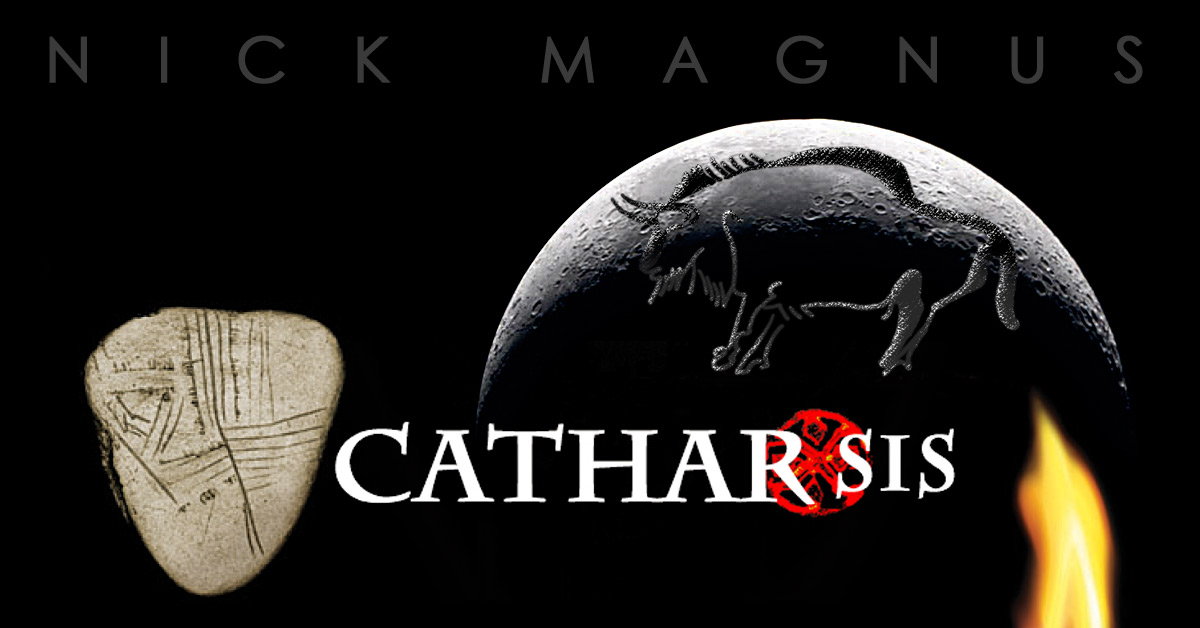
Steve Hackett’s former keyboarder has taken to releasing a new solo album every couple of years. He now follows up 2014’s N’monix with a new release, Catharsis. Nick has not changed much about the way he works, but he has developed his music. While Catharsis orientates itself on previous albums of Magnus’s, it nevertheless breaks new ground in a well-thought-out way.
The cover is interesting already: a kind of stone sculture resembles a guitar pick, which is an unusual idea for a keyboarder’s album. You can also make out a buffalo drawing that will play a role in the album.
Nick is, of course, much more than just a keyboarder on this album. Almost all the instruments were played on the keyboard, and you wouldn’t notice it from the individual tracks – a sign of a good production. Two additional musicians add their contributions to one song each: Steve Hackett plays some guitar, while Steve Unruh plays the violin. The latter Steve is known from a band called The Samurai Of Prog who are based in Finland.
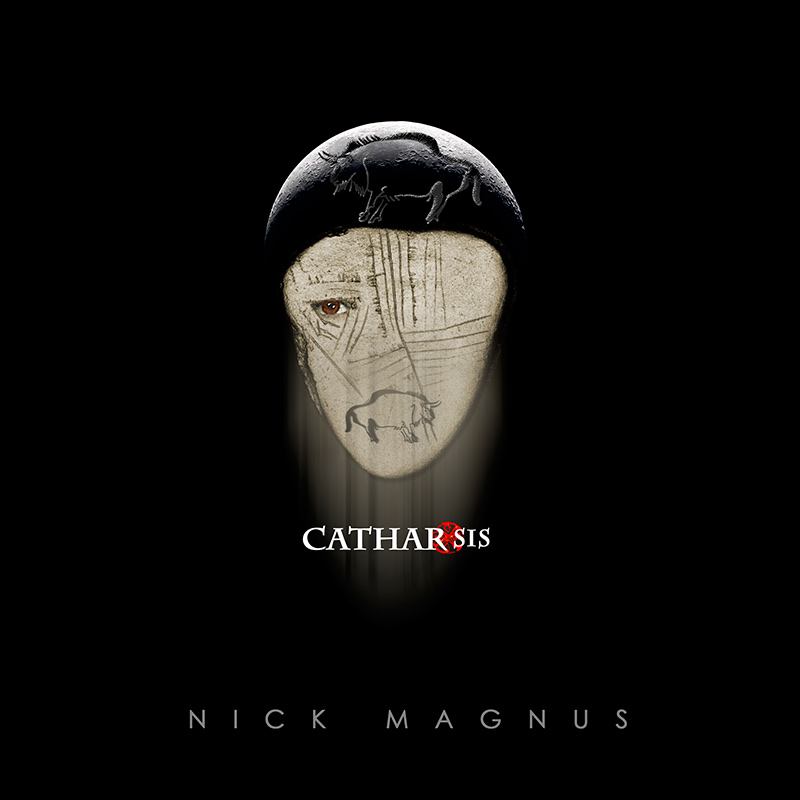 The eternal trio of Andy Neve, Tony Patterson and Pete Hicks take care of the singing, and Nick stages them very well. He seems to consider very carefully which singer works well with which songs and who can best perform a particular song. Nick’s own vocals come a bit more to the fore. Amanda Lehmann, Steve Hackett’s sister-in-law and a regular singer on his album, appears on a Magnus album for the first time.
The eternal trio of Andy Neve, Tony Patterson and Pete Hicks take care of the singing, and Nick stages them very well. He seems to consider very carefully which singer works well with which songs and who can best perform a particular song. Nick’s own vocals come a bit more to the fore. Amanda Lehmann, Steve Hackett’s sister-in-law and a regular singer on his album, appears on a Magnus album for the first time.
Like Nick’s previous albums this one has a clear underlying concept; in fact, this is perhaps even more of a concept album than all its predecessors. The album has a less abstract topic, for even though there are subliminal hidden motives the album mainly concerns itself with the legends and the landscape of the Ariège, an impressively beautiful region in Southern France near the Spanish border. Nick has been coming to this region for many years, and so he had the idea to create an album around it. There is a certain ambiguity to the album title. It refers to the psychological cleansing but also to a religious group that had quite a following in Southern France at the end of the Middle Ages, the Cathars.
So here we have all the ingredients for an interesting album. The bonus DVD offers the “Progumentary: Adventures in the Ariège”, a twenty-minute feature in which Nick takes us, Indiana Jones-style, to all the places that inspired him to this album and talks about each track. So let’s follow his example and take a closer look at the tracks:
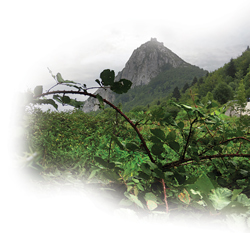 Red Blood on White Stone (8:47)
Red Blood on White Stone (8:47)
The opener begins without a big build-up. A catchy, even rhythm is complicated by contrary time signatures. The string sounds are the backdrop for the verse part sung by Andy Neve. Between the verses there is a brief choir part that reminds me of Steve Hackett’s current albums. The song is about Montségur Castle that the Cathars built atop the mountain of the same name. The story is told by a Cathar who works so hard on the recalcitrant stone that his hands begin to bleed. The castle was built to protect them from the beginnings of the inquisition – the Cathars were prosecuted as heretics. They defended the castle for nine months before they had to surrender. The attack of the army is represented in Steve Hackett’s solo, Nick himself sings throughout the escalation. He is accompanied by a very large-sounding choir made up of only Nick, Dick and Andy Neve – it works well in this place!
The ending sounds conciliatory and hopeful. The song ends in a quiet way, for only ruins are left of the castle. The tragic story is told expressively in Dick Foster’s lyrics. The musical contrasts make this track a strong and dramatic opener. It is interesting to note that Hackett’s only performance on the album works well, though it is more subtle than, for example, on The Colony Is King on Children Of Another God.
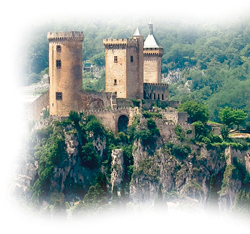 Three Tall Towers (4:56)
Three Tall Towers (4:56)
The next song is catchier, and it has a distinct air of the Middle Ages. Horns, strings and a marching rhythm combine to let the Three Towers rise gracefully. The towers are those of the castle of Foix, the town that is the door to the Ariège. The castle is seen as a bulwark. Pete Hicks’s brighter voice fits the song that is driven mainly by the charging bass in the verses. Three Tall Towers is a lighter song after the challenging opener; it lightens the mood and shows, as it were, the sunny side of the Ariège.
Convivium (3:22)
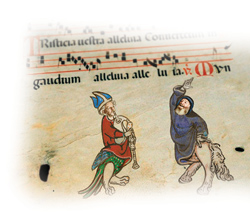 Convivium would pass muster as the instrumental part of the previous song, but it stands up well enough on its own. The medieval theme is enhanced by the harpsichord sound. The outcome is a playful, sophisticated track with lots of details. It reminds me of Twenty Summers in its way, and it is worth while remembering at this point that Nick has played these songs all on his own.
Convivium would pass muster as the instrumental part of the previous song, but it stands up well enough on its own. The medieval theme is enhanced by the harpsichord sound. The outcome is a playful, sophisticated track with lots of details. It reminds me of Twenty Summers in its way, and it is worth while remembering at this point that Nick has played these songs all on his own.
There are a couple of odd bars in it. The overall dynamism flows smoothly and illustrates the frivolities and celebrations Foix castle must have enjoyed in its heyday.
The Devil's Bridge (4:35)
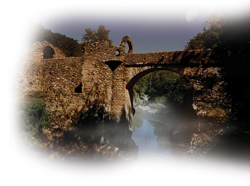 The river Ariège that lent its name to the whole region flows near Foix. The Pont du Diable, the Devil’s Bridge, that crosses the river here is at the core of many legends. In this track Nick picks up on the version according to which the local people asked the devil to build a bridge. The devil, however, demanded the soul of the first to cross the bridge.
The river Ariège that lent its name to the whole region flows near Foix. The Pont du Diable, the Devil’s Bridge, that crosses the river here is at the core of many legends. In this track Nick picks up on the version according to which the local people asked the devil to build a bridge. The devil, however, demanded the soul of the first to cross the bridge.
The lyrics tell this story, and Tony Pattenson (who support his own vocals in the first part) and his smoky voice work well for this grim story. The verses have some almost oriental strings in them before the chorus turn surprisingly rocky. In the final section Tony’s voice becomes particularly insistent and ambiguous. It is easy to believe that he will exact the price from anyone who crosses the bridge. The track has come fine contrasts though it is one of the quieter songs on the album.
The Market at Mirepoix (4:22)
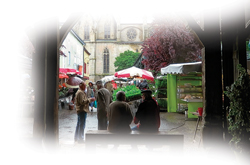 This song follows the best traditions of Identity Theft and Headcase, for Nick sings the lead vocals himself. He has often proved good at it, and The Market At Mirepoix is another good example. The song illustrates the lively market at the town of Mirepoix; an actual soundscape from the market can be heard before piano cascades cover it and Steve Unruh comes in with a bright and dominant violin. The second guest musician is more obvious than Steve Hackett in the opening tracks, not least because the violin plays throughout the song. The humorous lyrics fit the music. Nick even leads us into a collage of vocals towards the end – a courageous idea as he is not a trained classical singer, and a funny idea to boot. The song benefits from it.
This song follows the best traditions of Identity Theft and Headcase, for Nick sings the lead vocals himself. He has often proved good at it, and The Market At Mirepoix is another good example. The song illustrates the lively market at the town of Mirepoix; an actual soundscape from the market can be heard before piano cascades cover it and Steve Unruh comes in with a bright and dominant violin. The second guest musician is more obvious than Steve Hackett in the opening tracks, not least because the violin plays throughout the song. The humorous lyrics fit the music. Nick even leads us into a collage of vocals towards the end – a courageous idea as he is not a trained classical singer, and a funny idea to boot. The song benefits from it.
Gathering Mists (2:45)
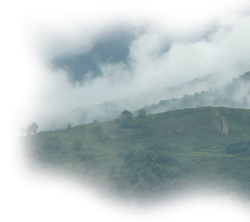 Fog moving from the trees into the villages is a phenomenon you can hardly escape in the Ariège. Nick captured this atmosphere in the second instrumental on the album. Gathering Mists is a gem Nick likes to have on his albums (compare Shadowland on N’monix, or Double Helix on Hexameron) and it is very effective on this album. A melancholy, slow piano tune is in the fore, accompanied by subtle organ sounds and interrupted by a hissing sound: Fascinating as it is a fog can also appear threatening. The sparse arrangement has something of the nativeness of the Ariège. The track reminds me a bit of Hammer In The Sand from Steve Hackett’s album Defector, on which Nick also played the keyboards in 1980.
Fog moving from the trees into the villages is a phenomenon you can hardly escape in the Ariège. Nick captured this atmosphere in the second instrumental on the album. Gathering Mists is a gem Nick likes to have on his albums (compare Shadowland on N’monix, or Double Helix on Hexameron) and it is very effective on this album. A melancholy, slow piano tune is in the fore, accompanied by subtle organ sounds and interrupted by a hissing sound: Fascinating as it is a fog can also appear threatening. The sparse arrangement has something of the nativeness of the Ariège. The track reminds me a bit of Hammer In The Sand from Steve Hackett’s album Defector, on which Nick also played the keyboards in 1980.
A Widow in Black (5:05)
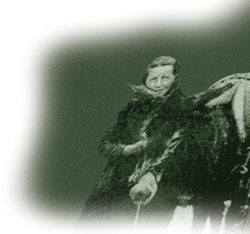 The next song begins with percussions and an acoustic guitar. Amanda Lehmann sings the lead vocals, though Nick’s backing vocals almost turn it into a duet. This calm song tells the story of Marinotte. Her life (many years back) is a symbol of the life of many a farmer in southern France who were not impressed by long winters and inclement weather. Not much of that can be seen anymore in the tourism nowadays, and the story of Marinotte may well be a code for transience. The mainly acoustic music is nevertheless exciting enough to tell the story well. Amanda Lehmann represents the shepherds very well. Her female voice is a change in the album.
The next song begins with percussions and an acoustic guitar. Amanda Lehmann sings the lead vocals, though Nick’s backing vocals almost turn it into a duet. This calm song tells the story of Marinotte. Her life (many years back) is a symbol of the life of many a farmer in southern France who were not impressed by long winters and inclement weather. Not much of that can be seen anymore in the tourism nowadays, and the story of Marinotte may well be a code for transience. The mainly acoustic music is nevertheless exciting enough to tell the story well. Amanda Lehmann represents the shepherds very well. Her female voice is a change in the album.
Mountain Mother (13:35)
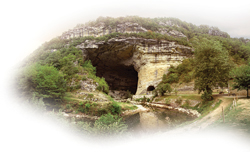 Nick has saved the epic longtrack for the end: Mountain Mother is the kind of fireworks prog rock bands like to end an album with. An august orchestral intro makes you perk up your ears before the verses are introduced by a marching rhythm. Many of the caves in the Ariège were used for rituals. Tony Pattenson sings about a boy who becomes a hunter in such a ritual, undergoing a kind of catharsis in it. His fears are given the broad dramatic treatment, e.g. in the “indigenous” vocals by Nick and Dick (and they pull it off with a lot of substance, though they are not accompanied by a choir). Tony comes in again and again, now with gently, now with aggressive vocals. The drama moves towards it climax in the ritual proper, turns into a fast keyboard solo and finally reprises the intro. The boy, now a grown-up hunter, rides away (symbolically) on the buffalo that is shown on the album cover in the finale of the catharsis. As on Entropy from the previous album, Nick reserves the final guitar solo (on the keyboards) for himself. The song returns to its original calm after a number of escalations and brings an impressive album to a high-quality ending.
Nick has saved the epic longtrack for the end: Mountain Mother is the kind of fireworks prog rock bands like to end an album with. An august orchestral intro makes you perk up your ears before the verses are introduced by a marching rhythm. Many of the caves in the Ariège were used for rituals. Tony Pattenson sings about a boy who becomes a hunter in such a ritual, undergoing a kind of catharsis in it. His fears are given the broad dramatic treatment, e.g. in the “indigenous” vocals by Nick and Dick (and they pull it off with a lot of substance, though they are not accompanied by a choir). Tony comes in again and again, now with gently, now with aggressive vocals. The drama moves towards it climax in the ritual proper, turns into a fast keyboard solo and finally reprises the intro. The boy, now a grown-up hunter, rides away (symbolically) on the buffalo that is shown on the album cover in the finale of the catharsis. As on Entropy from the previous album, Nick reserves the final guitar solo (on the keyboards) for himself. The song returns to its original calm after a number of escalations and brings an impressive album to a high-quality ending.
Nick Magnus creates an attractive balance between sticking to his own sound and breaking new ground. At a bit more than 45 minutes it has a good length and represents its subject matter in a variety of moods. Nick shows once more how well he can arrange a whole band on his keyboard. Production and mix are very good: The instruments are well-balanced, there is nothing to complain about – and not one fade-out.
Nick obviously still has the inspiration and manages to turn it into fine music without much outside help. Another handsome album and a new facet in Nick Magnus’s discography!
Autor: Ole Uhtenwoldt
English by Martin Klinkhardt
Catharsis is available from amazonUK and from Nick Magnus' website



Turn It On Again - The Hits brings all "short" milestones onto one double-album.
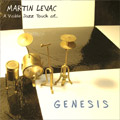

Brand new album by Martin Levac. Contains eleven Genesis-classics in Jazz style.